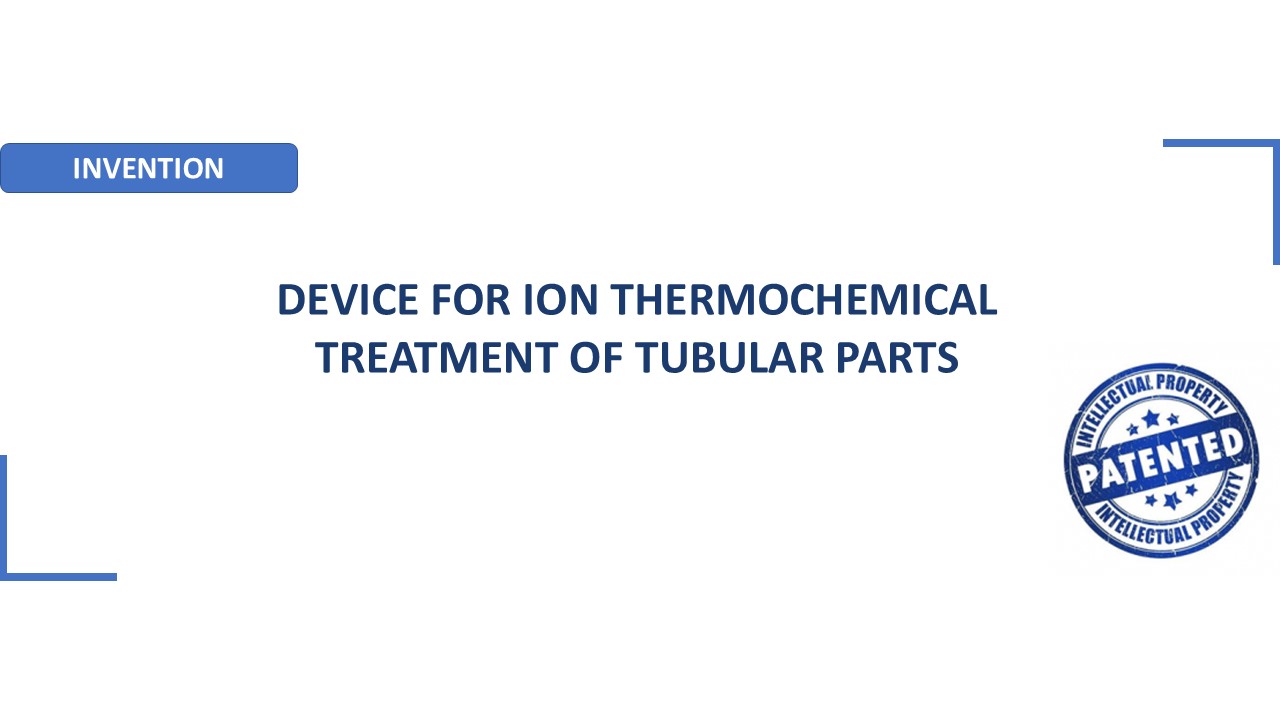Invention relates to the field of mechanical engineering and concerns equipment designed to treat the surface layer of tubular parts with chemical elements from an ion-generating glow discharge.
The device contains a vacuum chamber with a workpiece installed in it, a tubular anode with holes on the side surface for the passage of working gas into the workpiece cavity is coaxially placed inside the workpiece, the first open end of the anode is connected by a pipeline to a source of working gas. The workpiece is surrounded by a coaxial heat shield, the inner cavity of which is formed by coaxial outer and inner cylindrical walls that are connected together at their ends. An additional conduit is attached to the outer wall of the shield to supply shielding gas from the shielding gas source to the heat shield cavity, and the inner wall has openings for the shielding gas to escape from the heat shield cavity into the gap between the outer surface of the workpiece and the heat shield. The anode and the heat shield are connected to the positive poles of two electrical energy sources, and the workpiece is connected to the negative poles of these sources to generate ion-generating glow discharges on the inner and outer surfaces of the workpiece.
The invention allows for simultaneous processing of the inner and outer surfaces of a tubular part and improves its uniformity.

